Jan 2, 2025
Understanding the German Model of Soft Transitioning in Kindergarten
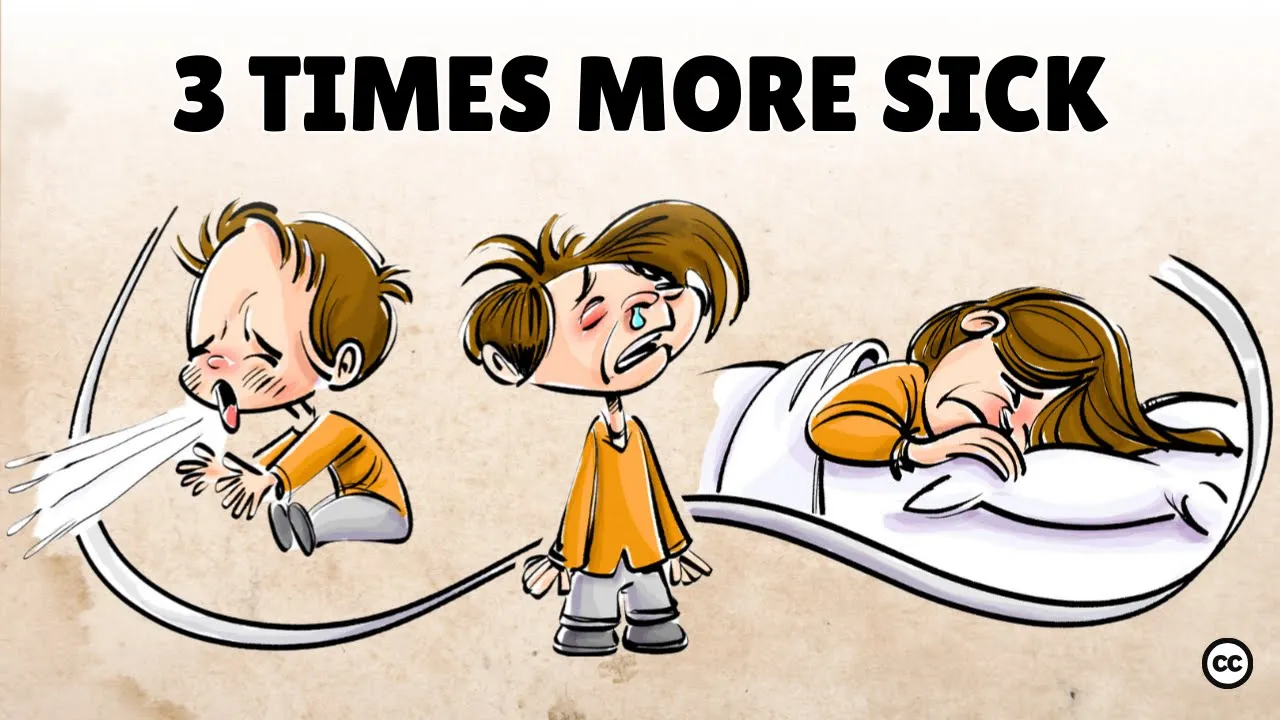
Transitioning to kindergarten can be a daunting experience for both children and parents. The emotional stress of separation can lead to various challenges, including illness in children. In the 1980s, a German psychologist, Kuno Beller, observed that many kindergarten children were getting sick, and he suspected that the cause was not merely seasonal flu but rather the trauma they experienced from being abruptly separated from their parents. This observation led to the development of a new model aimed at easing the transition into kindergarten.

The German Model of Soft Transitioning
The German model of soft transitioning emphasizes the importance of parental presence during the initial days of kindergarten. By allowing one parent to stay with their child until a bond with the teacher is formed, the model aims to minimize anxiety and promote a smoother transition. The results of implementing this model were significant; children who were allowed to bring their parents to school were three times less likely to miss school due to sickness compared to those who were not.
Phase 1: Parent Presence
In the first phase, parents are informed about their critical role in accompanying their child. Understanding the reasons behind this approach helps parents appreciate its importance. During this phase, one caretaker, whether it be a parent or grandparent, chooses to stay with the child, providing a sense of security as the child begins this new journey.
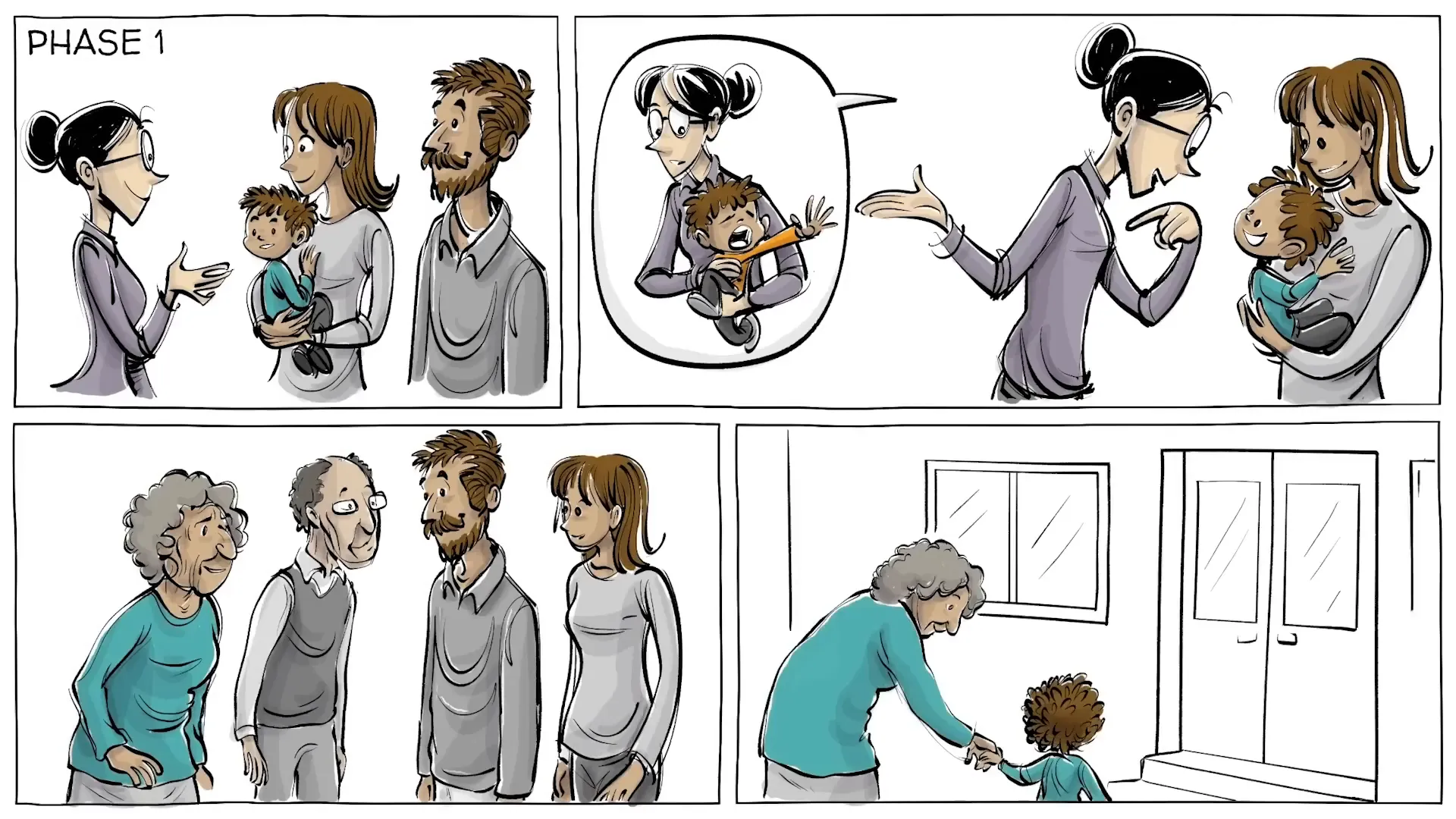
Phase 2: Bond Formation
Phase two typically lasts for the first three days, during which the parent remains with the child in the new environment. This presence offers reassurance and comfort, allowing the child to explore the setting and make friends without fear. The familiar presence of a parent helps children feel more secure, significantly reducing anxiety.
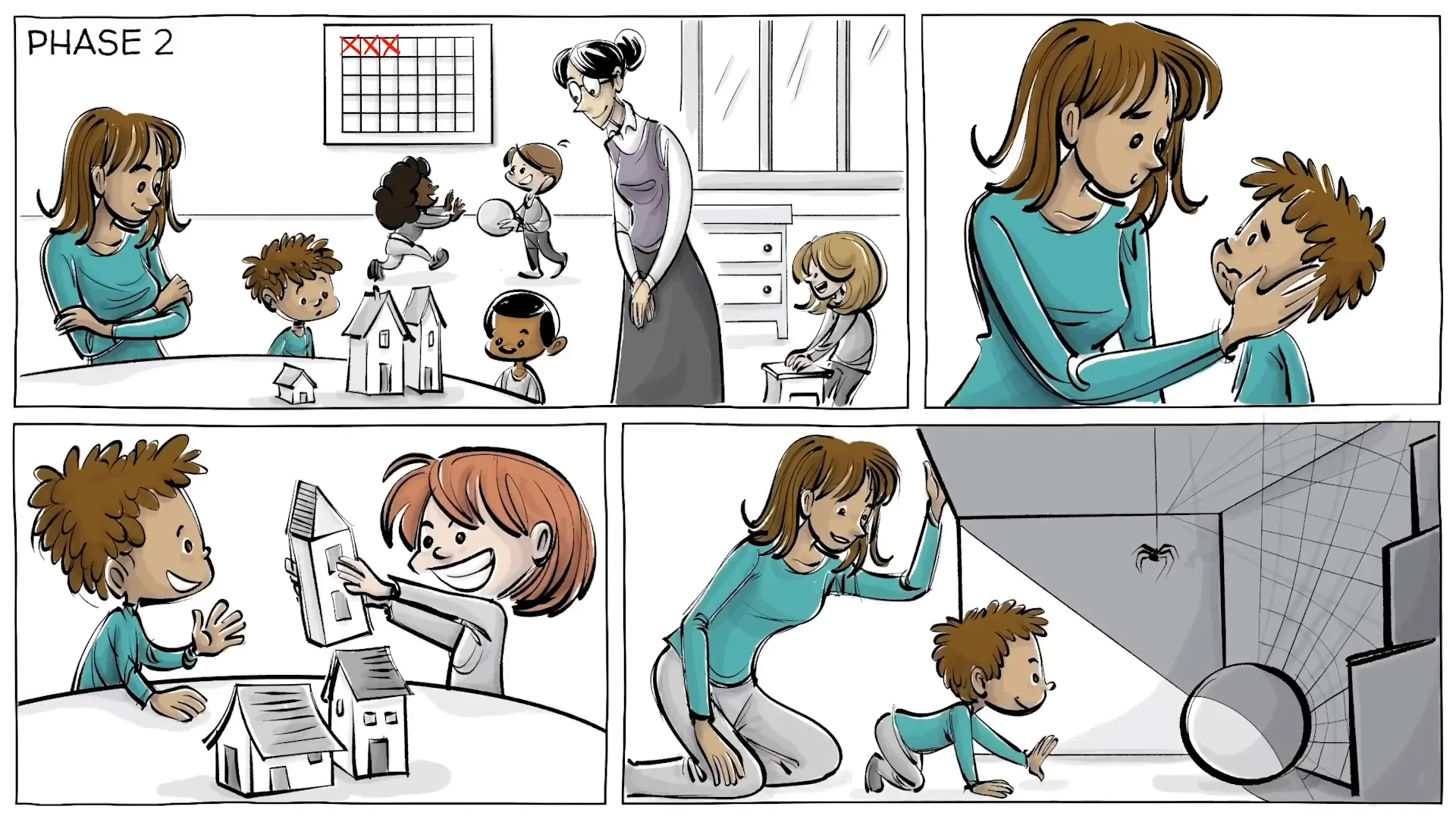
Phase 3: Gradual Separation
As the transition progresses, phase three introduces a short separation, often on the fourth day. This is referred to as the “Strange Situation,” a method to evaluate the child's anxiety when left alone. After the separation, both the parent and teacher assess the child's readiness for further settling-in, which may take an additional 10 days or even longer for some children.
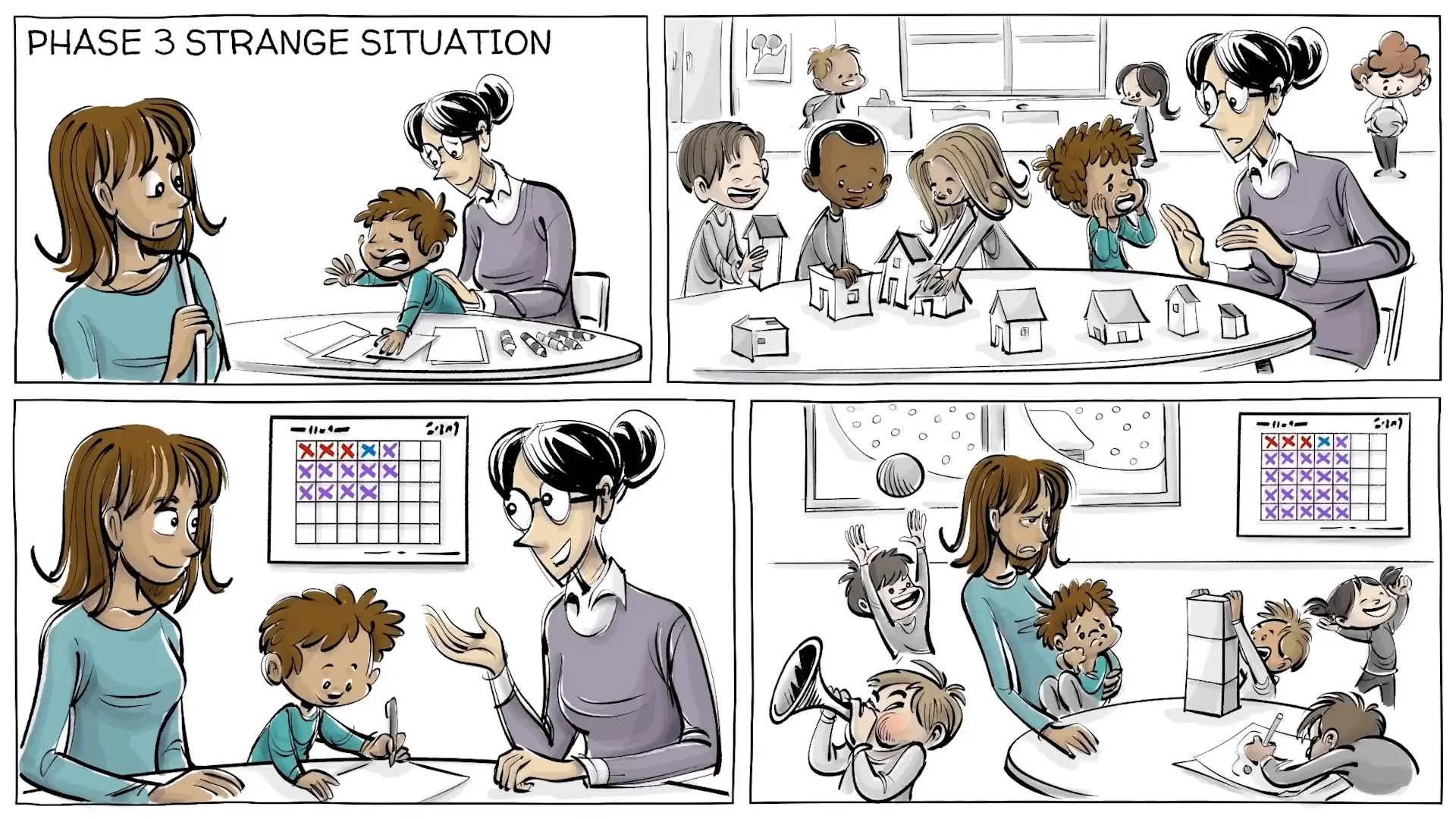
Phase 4: Teacher Role
In phase four, the teacher takes on full responsibility for the child's care while the parent remains in the background. The parent begins leaving for short periods, gradually increasing the duration of their absence. This process teaches the child that their parent will return, reinforcing the concept of trust and safety.
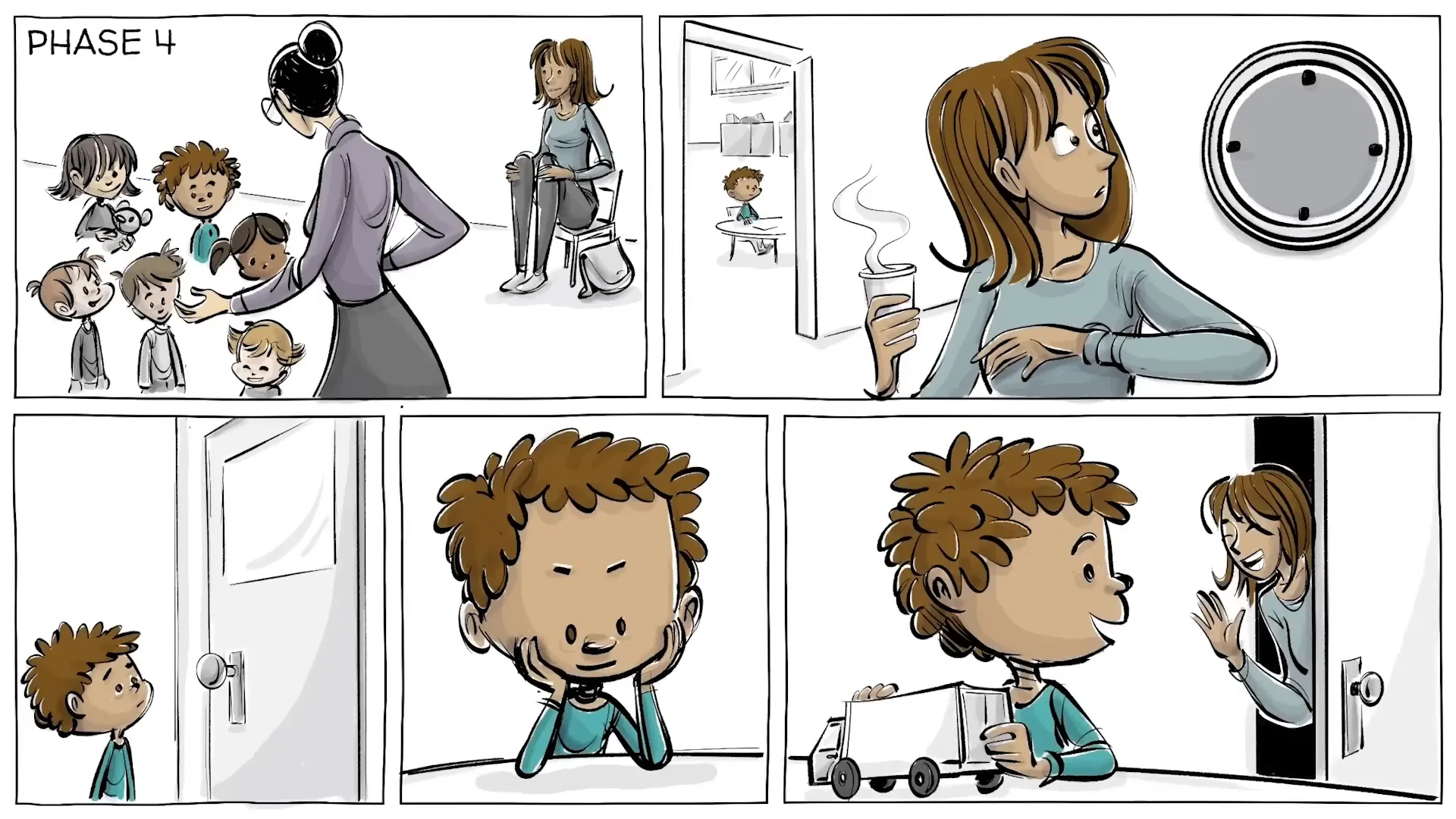
Phase 5: End of the Transition
Phase five marks the conclusion of the transition. The adjustment is deemed complete when the child recognizes the new caretaker as a “safe base.” For instance, if a child can be left crying at the entrance but then calms down with the teacher's comfort and soon engages in play, the settling-in process is successful.
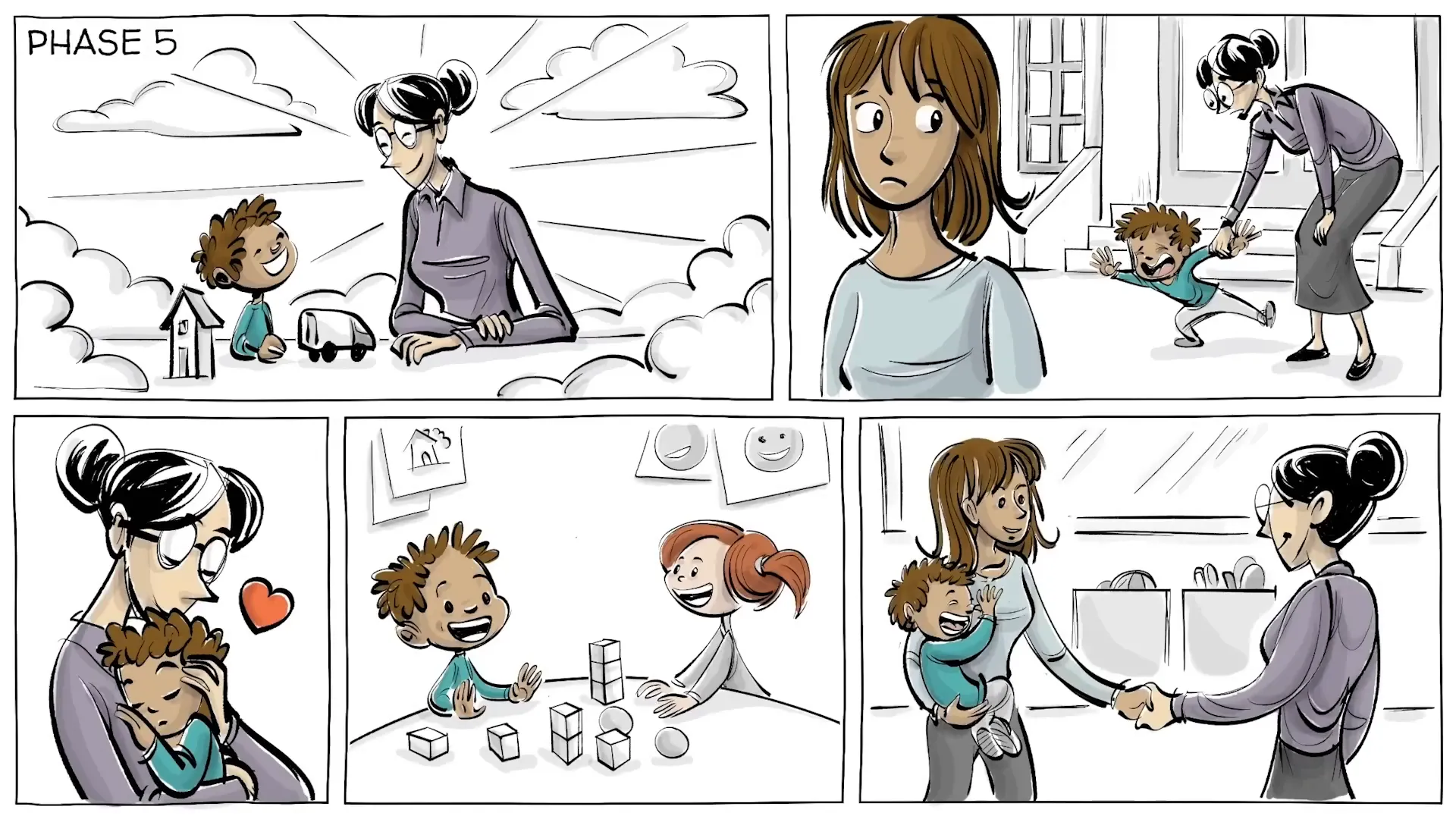
Key Practice
To implement the German model effectively, four key practices should be followed:
- Parents should always say “goodbye” clearly to the child when leaving, ensuring they understand they are now with the teacher.
- The same dedicated teacher should be present throughout the process to foster a trusting relationship.
- Children should be allowed to bring their favorite stuffed animal from home for additional comfort.
- Until the transition is complete, children should only attend for half a day without naptime.
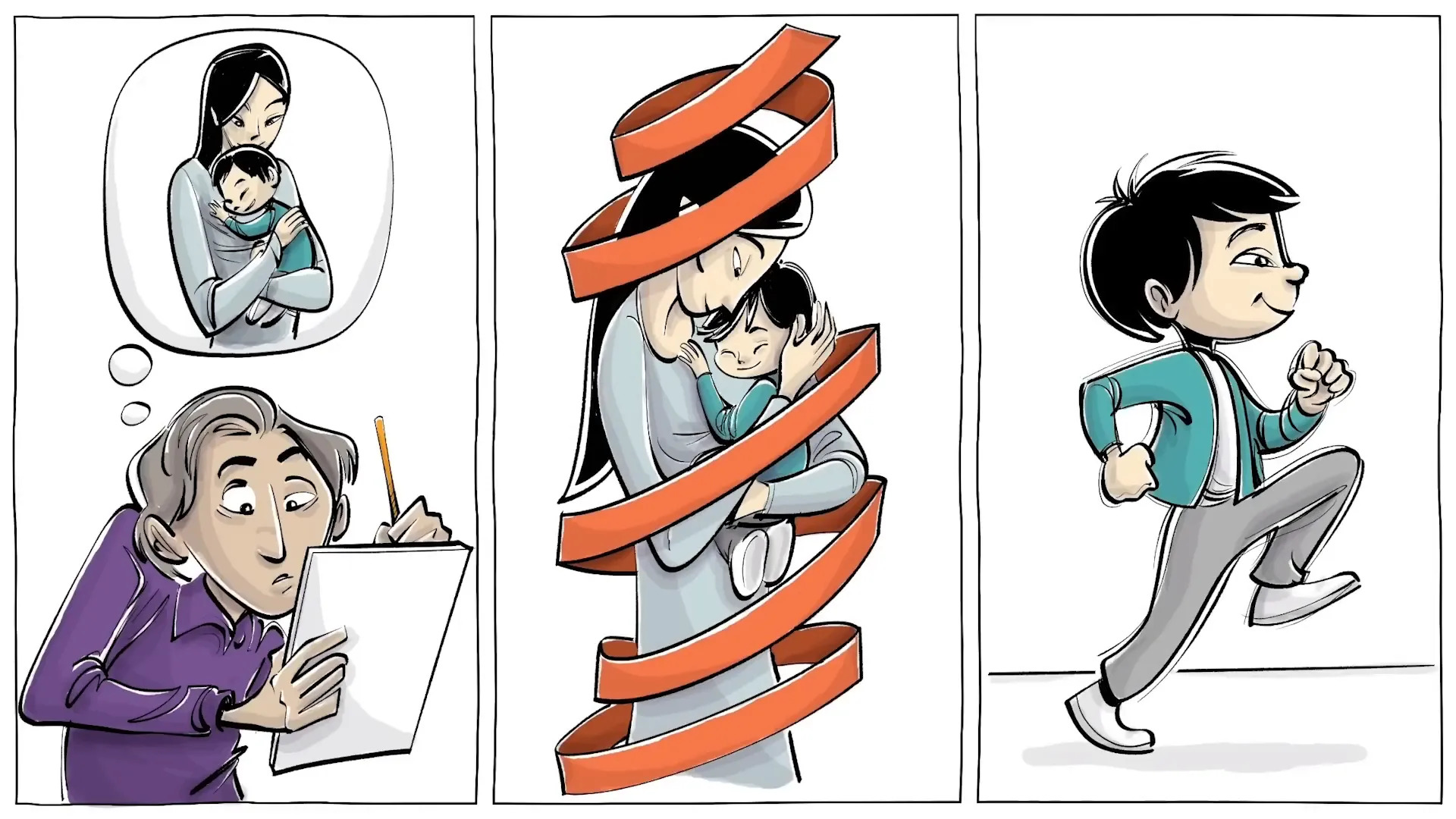
Attachment Theory Applied
The German model is grounded in attachment theory, which posits that a strong bond with a primary caregiver during early years is critical for a child’s development. A secure attachment allows children to feel safe exploring the world, knowing they can always return to a safe haven. Conversely, a weak bond can lead to insecure attachment, making children hesitant to explore their environment.
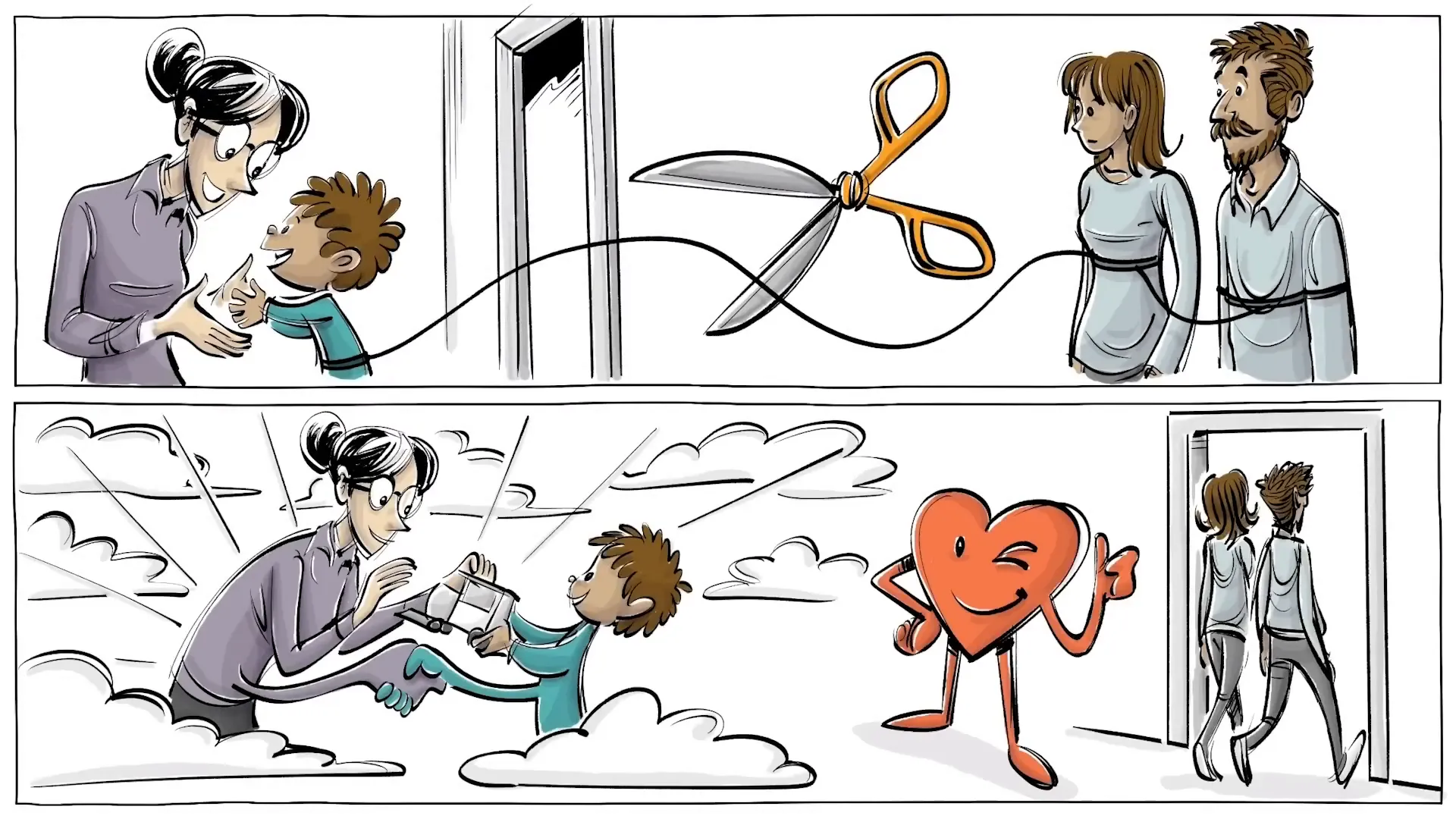
Secure Bonding
The ultimate objective of the model is to help children form a secure attachment with their teacher before the bond with their parents is interrupted. This way, the new caregiver can serve as a safe base during the parents' absence. John Bowlby, the father of attachment theory, emphasized that anxiety and anger often accompany the risk of losing a significant relationship.
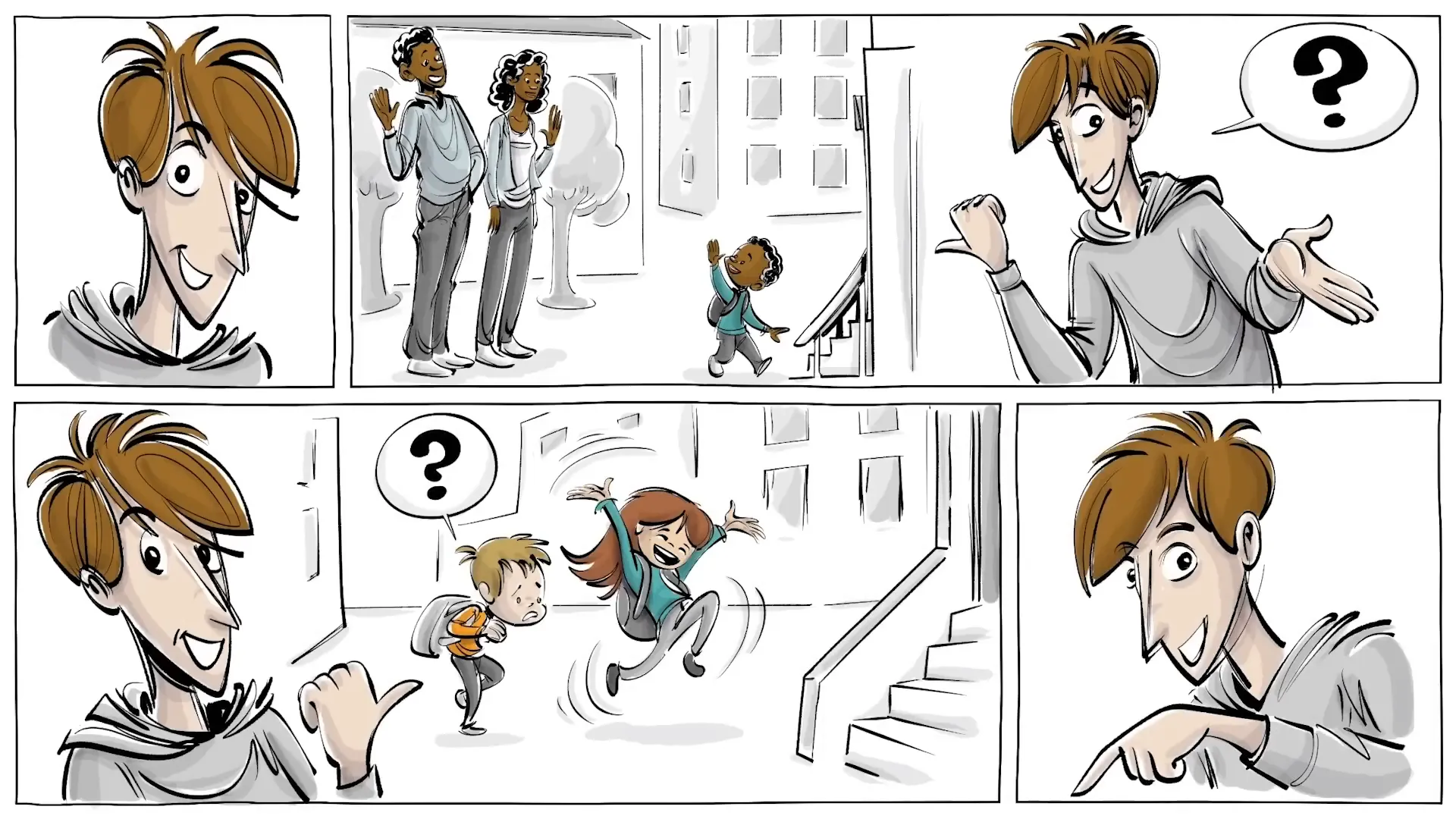
What Do You Think?
Reflecting on this model, consider whether there are aspects that can be applied in different contexts. How did your own experiences in school shape your views?
This article was created from the video How Kindergarten Affects Children [Attachment Theory Applied] with the help of AI. It was reviewed and edited by a human.



